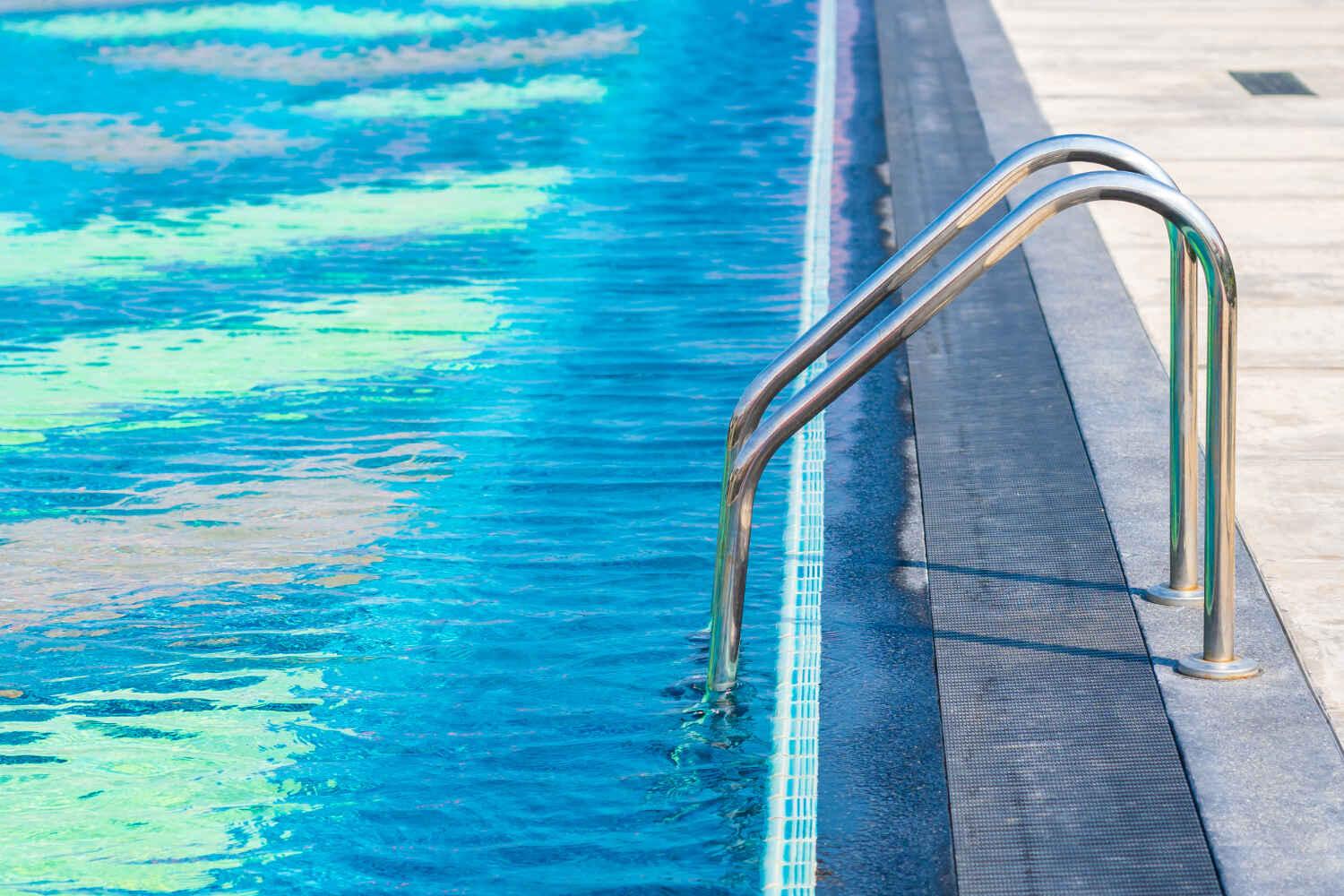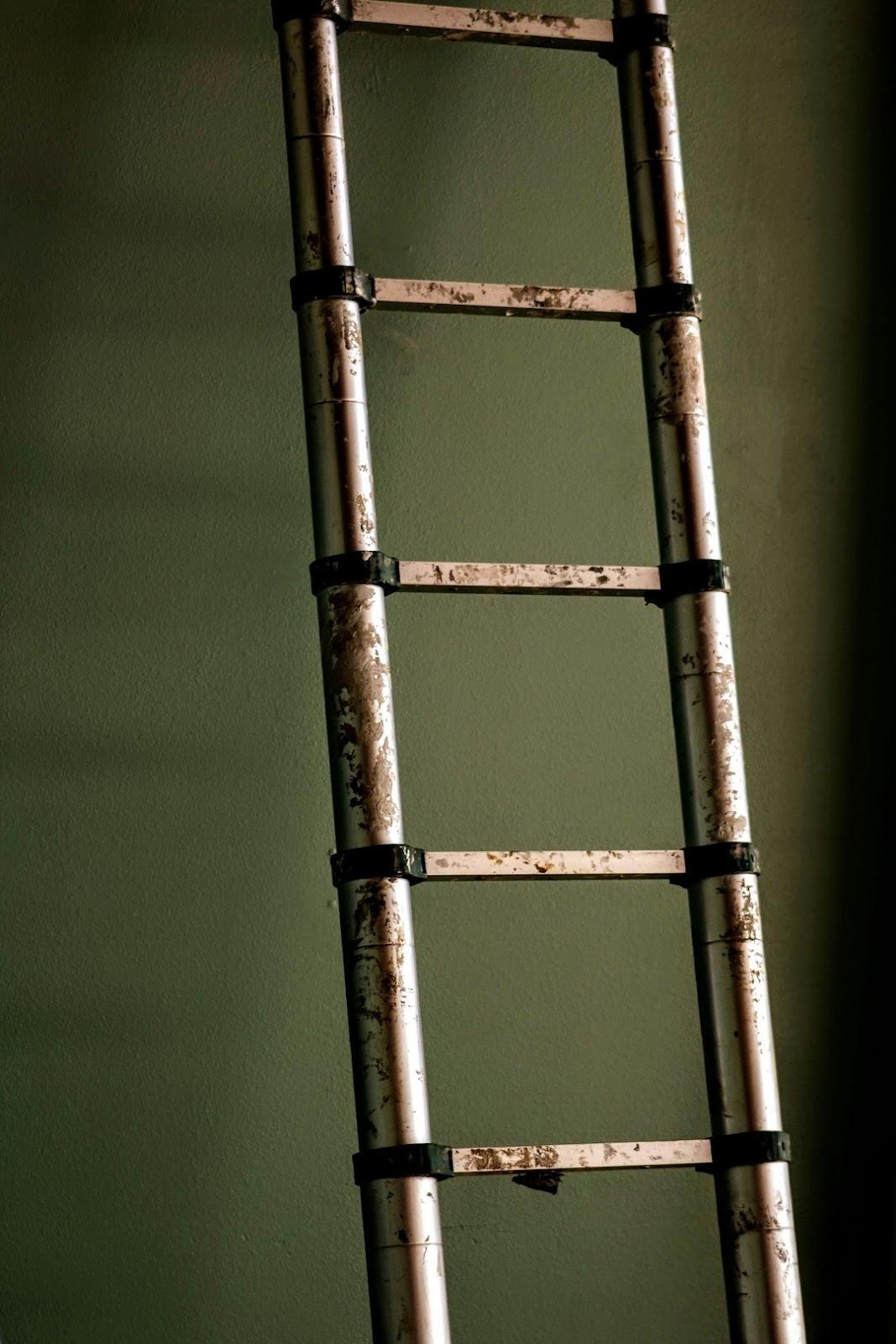Dock Ladder Steps and Ships Ladders for Sale What to Know Before Buying

Dock ladders are essential for providing safe access to and from the water. They are particularly useful for boat owners and anyone who spends time around water. Here's what you need to know:
Types of Dock Ladders
Dock ladders come in various styles to suit different needs:
-
Straight Ladders: These are the most straightforward option. They are fixed in place and provide a stable way to enter and exit the water. Straight ladders are ideal for docks with consistent water levels, ensuring easy access at all times. They require less maintenance, as there are no moving parts to worry about.
-
Folding Ladders: These ladders can be folded up when not in use, making them ideal for docks with limited space. Folding ladders provide flexibility in terms of storage and are perfect for seasonal use. They often come with locking mechanisms to ensure they stay secure when in use or stored.
-
Retractable Ladders: Similar to folding ladders, retractable options can be pulled up and out of the water, which helps prevent marine growth on the ladder. These are particularly useful in areas with high tides or fluctuating water levels. Retractable ladders can also be designed to automatically retract, reducing the manual effort required.
-
Swim Ladders: Designed specifically for swimmers, these ladders often feature steps that extend deeper into the water for easy access. Swim ladders usually have wider and more comfortable steps, catering to barefoot use. They are often used in recreational areas and are designed to be gentle on swimmers' feet.
Material Considerations
Choosing the right material for your dock ladder is essential for longevity and safety:
-
Aluminum: Lightweight and resistant to corrosion, aluminum is a popular choice for dock ladders. It's durable and relatively easy to install. Aluminum ladders are ideal for both freshwater and saltwater environments, offering a good balance of strength and weight. They also typically require minimal maintenance, making them a cost-effective option.
-
Stainless Steel: Offers superior strength and corrosion resistance, making it ideal for saltwater environments. Stainless steel ladders are known for their durability and ability to withstand harsh marine conditions. They often have a polished finish, which adds an aesthetic appeal to your dock setup.
-
Plastic or Composite: These materials are often used for steps to provide a non-slip surface. They can also be easier on bare feet. Plastic or composite steps are generally resistant to UV damage and do not heat up as much as metal in the sun. They are a great option for areas with high sun exposure and are often used in conjunction with metal frames for added strength.
Installation Tips
Proper installation is key to the functionality and safety of your dock ladder. Here are a few tips:
-
Secure Mounting: Ensure that the ladder is securely mounted to the dock. Use brackets and hardware that are rated for marine use to avoid corrosion. It's crucial to follow the manufacturer's instructions for mounting to ensure safety and longevity.
-
Corrosion-Resistant Hardware: Check that all screws and bolts are corrosion-resistant. Stainless steel or galvanized hardware is recommended for marine environments to prevent rust and deterioration. Regularly inspect these components to ensure they remain in good condition.
-
Regular Inspections: Regularly inspect the ladder for any signs of wear or damage. Look for cracks, bends, or signs of fatigue in the ladder material. Address any issues promptly to avoid accidents or further damage.
Exploring Ships Ladders
Ships ladders, often used on vessels or in industrial settings, are designed for steeper angles than regular stairs. Here's what to consider when purchasing a ships ladder for sale:
Design and Functionality
Ships ladders are characterized by their steep angle and narrow design, making them suitable for spaces where traditional stairs won't fit. They typically feature:
-
Handrails: Essential for safety, providing support while ascending or descending. Handrails should be sturdy and preferably made from a non-corrosive material. They should also be at a comfortable height and width for the users to ensure maximum safety.
-
Non-slip Steps: These steps reduce the risk of slipping, especially in wet conditions. Non-slip steps often feature ridges or a textured surface to enhance grip. In environments where water or oil might be present, this feature is critical for preventing accidents.
-
Angle Considerations: Ships ladders usually have an angle between 50 and 70 degrees. The angle should be chosen based on the available space and the ladder's intended use. Steeper angles are suitable for limited spaces, but they require careful consideration of safety features.
Material Choices
The material of a ships ladder is crucial for durability and safety:
-
Aluminum: Lightweight and resistant to corrosion, ideal for marine environments. Aluminum ladders are easy to maneuver and install, making them a popular choice for ships and boats. They are also less prone to rust, which is a significant advantage in humid conditions.
-
Galvanized Steel: Offers excellent strength and is often used in industrial settings. Galvanized steel ladders are highly durable and can support heavy loads. They are typically coated to resist corrosion, although they may require more maintenance than aluminum.
-
Wood: Less common but can be used in certain applications where aesthetics are important. Wood ladders offer a classic look and can be treated to resist water damage. They are often custom-built for specific applications, offering a unique and traditional appeal.
Safety Standards
When purchasing a ships ladder, ensure it meets relevant safety standards. Look for:
-
Load Capacity: Verify that the ladder can support the necessary weight. The ladder should be rated for at least the maximum weight of its intended users plus any additional equipment. This ensures safety and prevents structural failures.
-
Compliance with OSHA or Other Regulations: Ensure the ladder complies with OSHA or other relevant safety regulations. Compliance with these standards guarantees that the ladder has been tested for safety and durability. It's crucial to follow these guidelines to avoid legal issues and ensure user safety.
Factors to Consider Before Buying
 by Joshua Hoehne (https://unsplash.com/@joshua_hoehne)
by Joshua Hoehne (https://unsplash.com/@joshua_hoehne)
Before making your purchase, consider the following factors to ensure you choose the right ladder for your needs:
Environment
Consider where the ladder will be used. Saltwater environments require materials that resist corrosion, like stainless steel or marine-grade aluminum. In freshwater environments, you may have more flexibility with material choices. Also, consider the climate, as extreme temperatures can affect certain materials.
Usage
Think about how often and by whom the ladder will be used. For frequent use, opt for sturdier materials and designs. If the ladder will be used by a diverse group of people, consider accessibility features such as wider steps or handrails. Also, consider the weight of equipment or gear that might be transported using the ladder.
Maintenance
Ladders in marine environments will require regular maintenance to ensure longevity. This includes cleaning, inspecting for damage, and tightening bolts and screws. Regular maintenance helps prevent accidents and extends the life of the ladder. Develop a maintenance schedule to ensure these tasks are performed consistently.
Budget
Ladders can vary significantly in price based on materials and design. Set a budget that considers long-term durability and safety. While it might be tempting to opt for a cheaper ladder, investing in a quality product can save money in the long run by reducing maintenance costs and increasing safety.
Where to Buy
Ladders can be purchased from marine supply stores, online retailers, or directly from manufacturers. Here are a few tips for a successful purchase:
-
Research Reviews: Look for products with positive reviews to ensure quality and reliability. Customer reviews can provide insights into the product's performance and durability. Pay attention to feedback regarding ease of installation and maintenance.
-
Compare Prices: Don't settle for the first option you find; compare prices across different retailers. Consider the features and materials when comparing prices to ensure you're getting the best value. Also, look out for seasonal sales or discounts that could reduce costs.
-
Check Warranties: A good warranty can provide peace of mind regarding the product's longevity. Warranties indicate the manufacturer's confidence in their product. Ensure you understand the warranty terms and what is covered in case of defects or damage.
Installation and Maintenance
Once you've purchased your ladder, proper installation and maintenance are key to ensuring safety and longevity:
Installation
-
Professional Installation: If you're unsure about installation, consider hiring a professional to ensure it's done correctly. Professionals have the expertise and tools to ensure the ladder is secure and safe to use. This can also prevent potential damage during installation.
-
Follow Instructions: Always follow the manufacturer's instructions for installation to avoid voiding the warranty. Carefully read the manual and ensure all steps are followed. Proper installation is critical to the ladder's performance and safety.
Maintenance
-
Regular Inspections: Check for signs of wear and tear, corrosion, or loose components. Regular inspections allow you to catch potential issues before they become serious problems. Keep a checklist of inspection points to ensure nothing is overlooked.
-
Cleaning: Regularly clean the ladder to remove salt, algae, and other debris that could cause damage. Use appropriate cleaning solutions that won't harm the ladder material. Cleaning not only keeps the ladder looking good but also prevents the buildup of harmful substances.
Conclusion
Choosing the right dock ladder or ships ladder involves considering materials, design, and intended use. By understanding your options and taking into account the environment and safety standards, you can make an informed decision that ensures accessibility and safety on the water. Whether you're looking for dock ladder steps or a ships ladder for sale, this guide should help you navigate your options and find the perfect fit for your needs. Investing in the right ladder enhances not only your safety but also your enjoyment of marine activities.
- Fashion
- Art
- Causes
- Crafts
- Dance
- Drinks
- Film
- Fitness
- Food
- Juegos
- Gardening
- Health
- Home
- Literature
- Music
- Networking
- Other
- Party
- Religion
- Shopping
- Sports
- Theater
- Wellness
